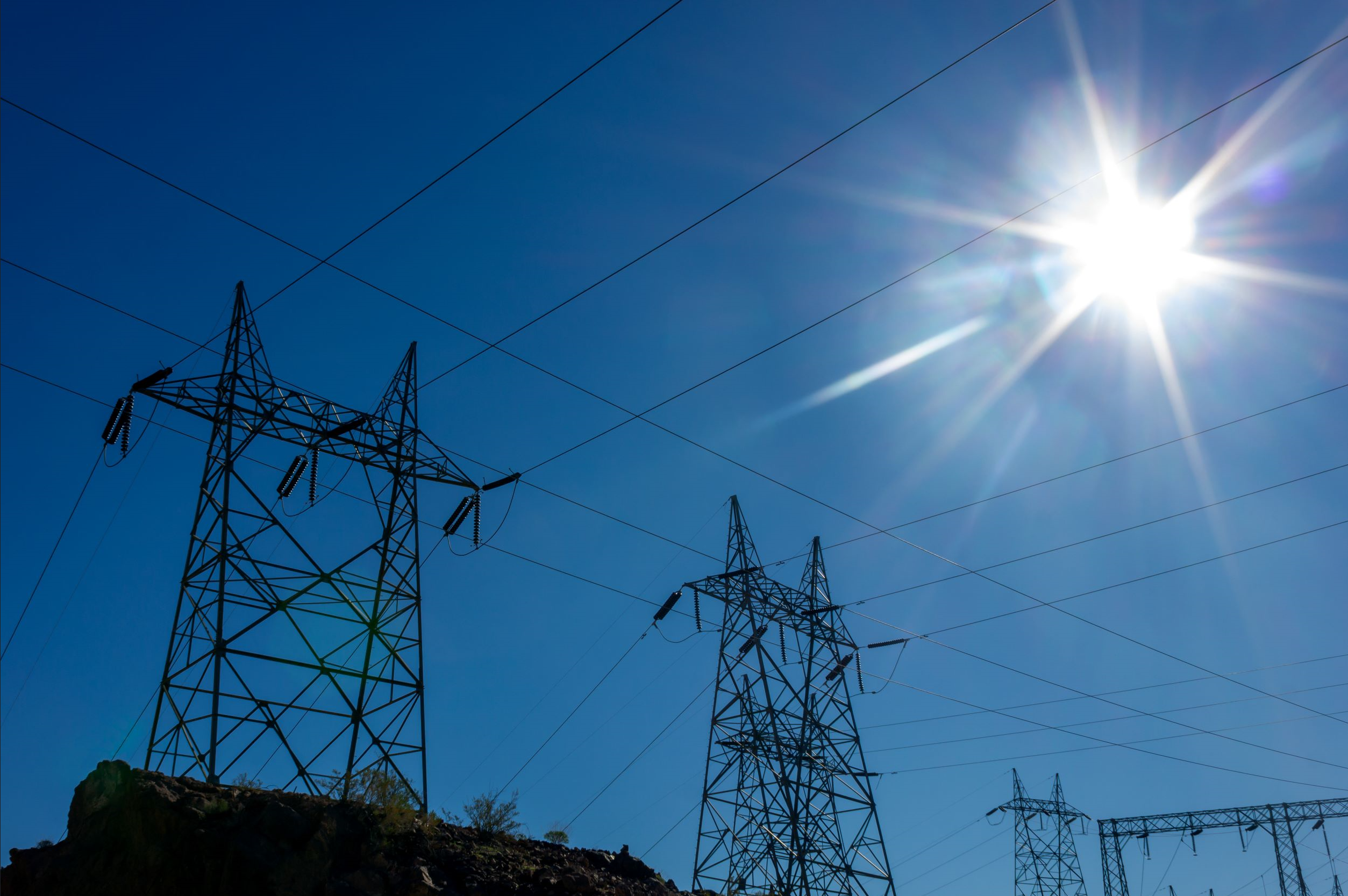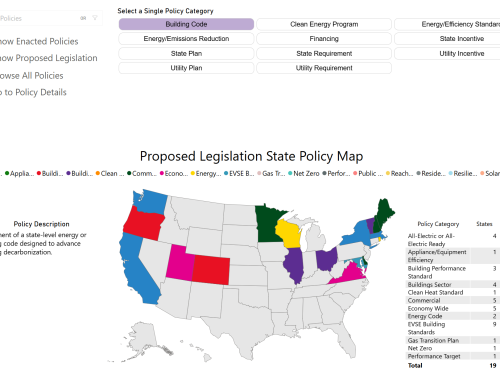
A heat wave washed over the Northeast and the Ohio Valley these past couple of weeks, with about a quarter of the country under extreme heat alerts at its peak. Elevated on-the-ground temperatures were caused by a heat dome over the area, mirroring another in the Southwest at the beginning of June.
Temperatures were above average for the season across the country. To avoid the heat, most folks head inside and crank up their air conditioning (AC). According to the 2020 Residential Energy Consumption Survey (RECS), 89 percent of American households have AC.
In 2020, the average AC consumption per household was 7.9 million British thermal units. Most of the higher rates of consumption were concentrated in the Southeast. Average AC expenditure per household was $299, with larger state averages also concentrated in the same regions. But now, different regions are experiencing higher levels of heat, hitting populations that have not adapted to extreme heat physically or financially.
Extreme heat is the deadliest extreme weather event, driving more climate-caused deaths than hurricanes, floods, lightning, and tornadoes combined in 2023. In May through September 2023, according to the Center for Disease Control emergency hospital visits for heat-related illnesses was “substantially increased,” with the highest statistical leap taking place in Arkansas, Louisiana, New Mexico, Oklahoma, and Texas.
With historically high temperatures come historically high air conditioning costs for households. The 2020 RECS highlighted that 27 percent of households reported “any type of energy insecurity,” displaying that they either had difficulty paying their energy bills or kept temperatures unsafely high indoors for fear of not being able to pay their energy bills. Low-income households, households with children, renters, and respondents self-identifying as Black or Latine reported higher rates of energy insecurity. It should be noted that states across the country instilled moratoriums on utility shutoffs during 2020 due to the COVID-19 pandemic, so this figure may not capture everyone who was energy insecure at the time or who became energy insecure once those moratoriums lapsed.
Policies responding to extreme heat conditions — especially lose remedying how they impact our most vulnerable communities — vary nationwide. On July 1, Virginia’s Emergency Utilities Protection Act went into effect. It mandates that when temperatures crest 92 degrees Fahrenheit (or dip below 32 degrees), utility services cannot be discontinued for nonpayment. Dominion Energy, the largest investor-owned utility operating in the state, will adapt its policies to abide by the law, and offers several other programs such as extended payment plans or energy share bill payment assistance to manage household energy bills.
Beyond supporting indoor cooling and energy insecure households, other strategies include comprehensive, interagency approaches to battling extreme heat like the one in New York. On June 28, Governor Kathy Hochul released the state’s Extreme Heat Action Plan: Adaptation Agenda for 2024-2030. The roadmap coordinates action between 29 state agencies to carry out 49 adaptation, preparedness, built environment and infrastructure, and ecosystem-based actions.
Utility programs nationwide provide opportunities to install more efficient space cooling equipment, electrical panel upgrades, and installation of insulation or more efficient windows, so that once a space is cooled it remains cool. Many states also have Property Assessed Clean Energy Programs, which are financing mechanisms for energy efficiency improvements on private property via payment over time through a voluntary assessment (although these loans can have drawbacks). These programs and others are highlighted on our Spotlight States dashboard.
Municipalities can also take action to cool their communities, for instance via public cooling centers or passing legislation that protects outdoor workers during periods of elevated temperatures. Regardless, federal, state, and local efforts to reinforce resilience measures against extreme heat are very necessary today and will only be more crucial in the years to come.



